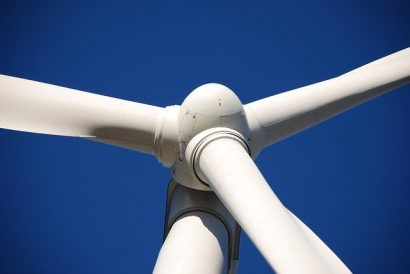With 751 GW of wind power capacity already installed, the wind industry has generated nearly 1.2 million jobs globally to date according to the International Renewable Energy Agency. The world’s leading wind energy countries are home to hundreds of thousands of direct jobs in the wind industry. As of 2020, there were approximately 550,000 wind energy workers in China, 260,00 in Brazil, 115,000 in the US and 63,000 in India, according to a global survey by GWEC Market Intelligence.
GWEC Market Intelligence forecasts that an additional 470 GW of new onshore and offshore wind capacity will be installed around the world between 2021-2025. Based on existing job creation calculations, this surge in new capacity can generate 3.3 million sustainable and long-term jobs over the course of 25-year project lifetimes. Many of these jobs will be locally based, such as for the construction and O&M phase of projects. The majority of these jobs will be created in high growth wind markets including China, US, India, Germany, UK, Brazil, France, Sweden, Spain, South Africa, and Taiwan.
Ben Backwell, CEO at GWEC, commented, “The wind industry has a strong track record of creating high-quality and long-term jobs and reviving communities through an array of industrial opportunities. As the world still reels from the economic impacts of the COVID-19 pandemic, governments must look to the wind sector as a key industry to create the jobs they need to get their economies back on track”.
“Yet despite the undeniable evidence that wind and other clean energy sectors offer significantly more economic benefits and jobs, COVID-19 stimulus packages globally are still spending a cumulative $30 billion more on fossil fuel energy compared to clean energy. This is incongruent with the parallel calls to ‘Build Back Better’ and address the climate emergency ahead of the crucial COP26 conference. Each dollar spent on fossil fuels instead of clean energy means we miss out on potential jobs”, he added.
Joyce Lee, Head of Policy and Projects at GWEC, said, “The energy transition will have to accelerate over the next decade to safeguard our chances of achieving carbon neutrality by mid-century. The good news is that the transition offers net employment and economic gains, and governments across the world can tap into the socioeconomic benefits by setting more ambitious renewable energy targets, streamlining permitting for wind projects, and building energy markets that account for the true costs of fossil fuels”.
“As the world recovers from COVID-19, it is crucial that no one gets left behind. The wind sector is well-placed to be a driver of a just transition, with offshore wind in particular offering a response to labour market disruption in the offshore oil and gas and marine engineering sectors. Governments must ensure that green recovery policies are in place to bring dislocated workers with us on the transition to a more sustainable future”, she added.
The forecast for job creation is based on global studies by the International Renewable Energy Agency (IRENA) on job creation for onshore and offshore wind projects from 2017 and 2018, as well as market growth data from GWEC Market Intelligence. These findings support a growing body of evidence that economic recovery which is socially and environmentally responsible can contribute to more resilient systems and future-proofed workforces.


